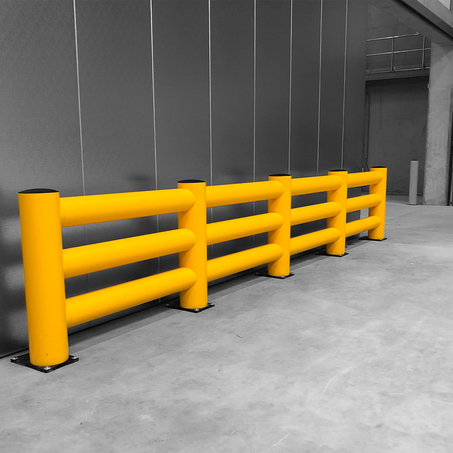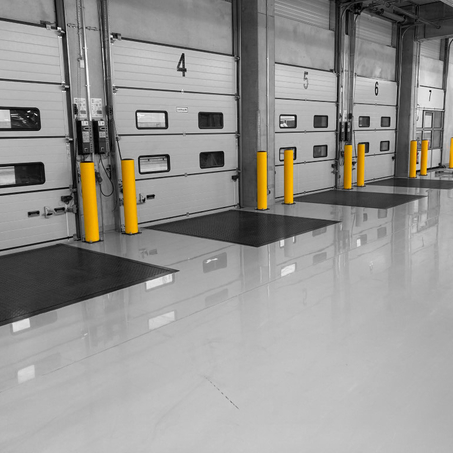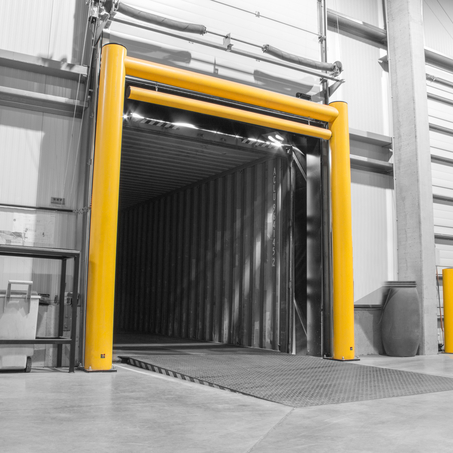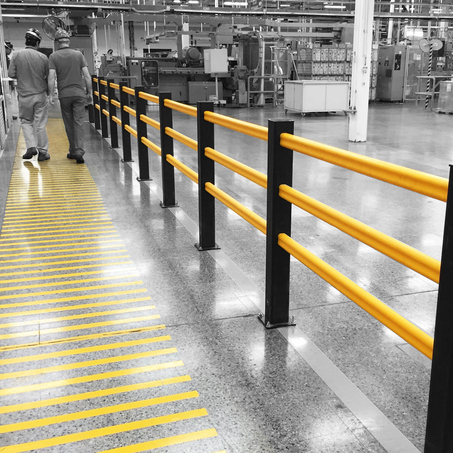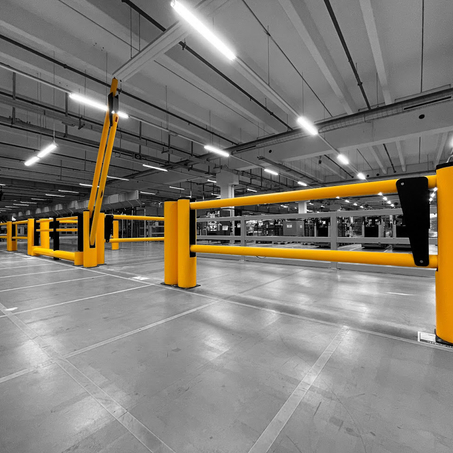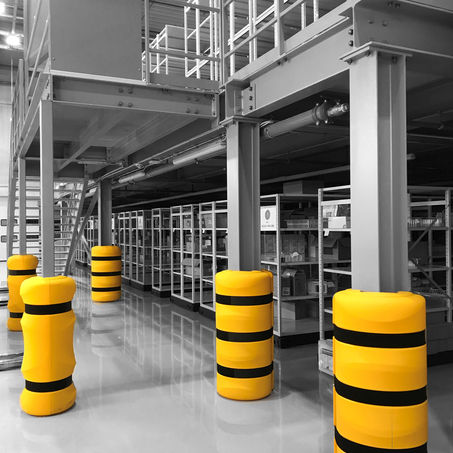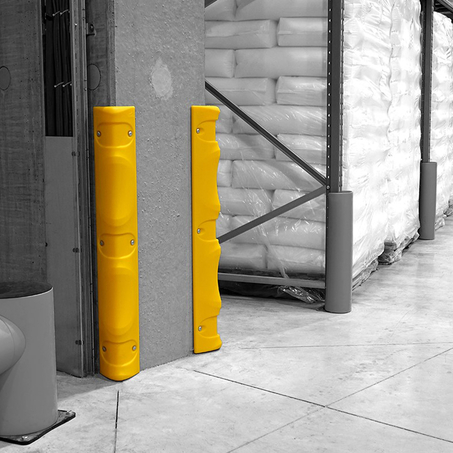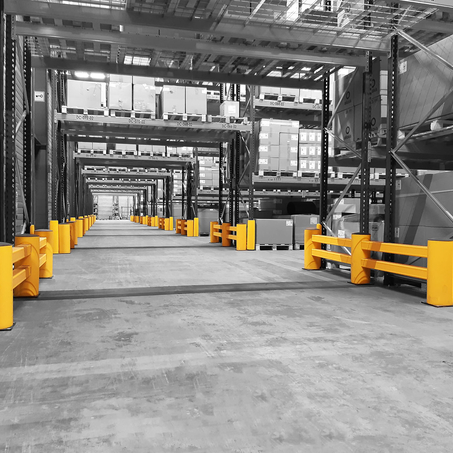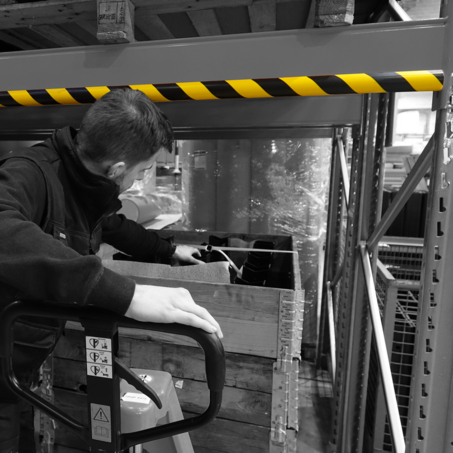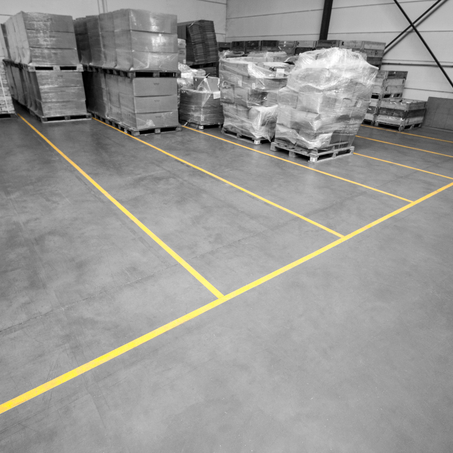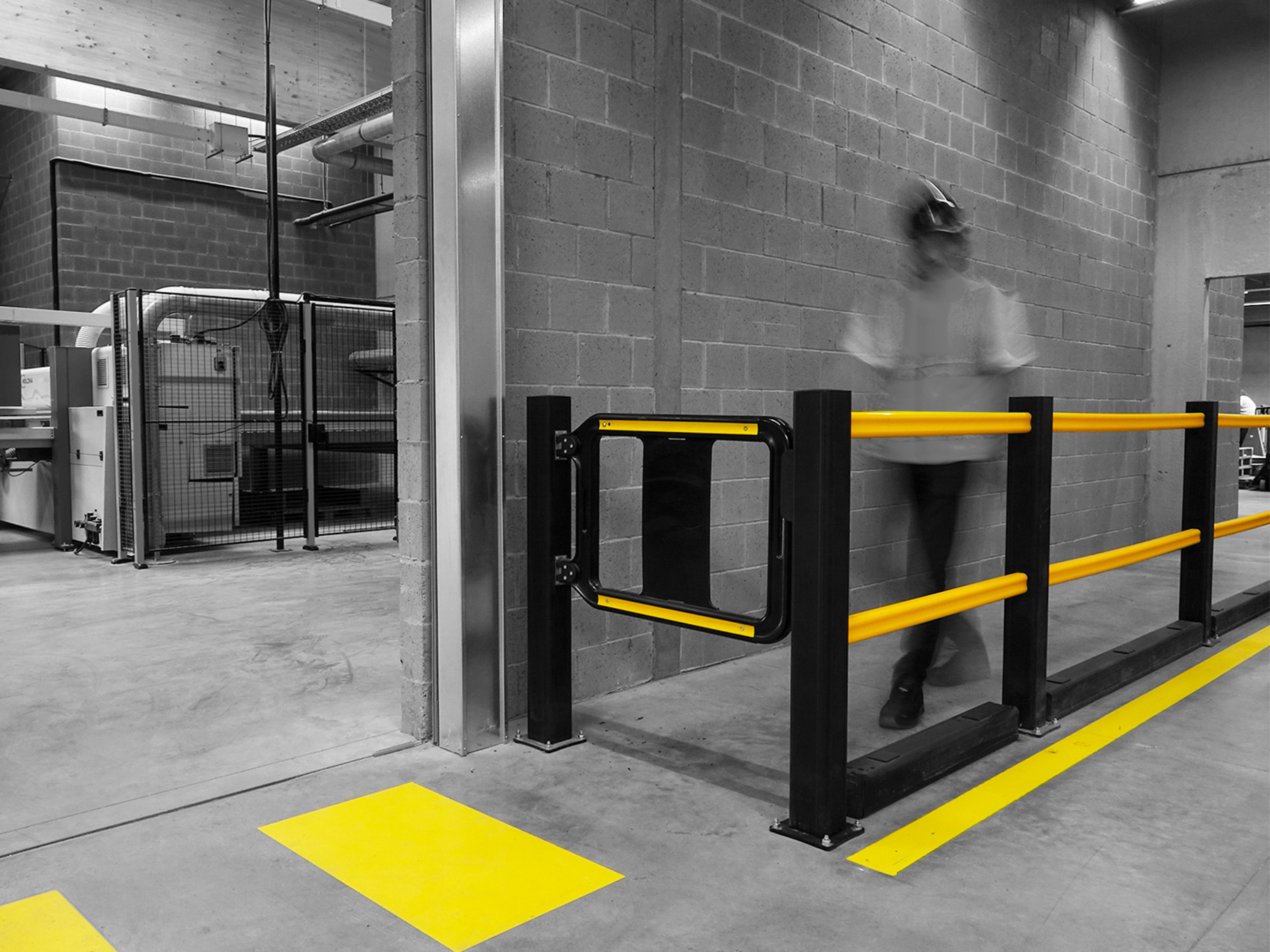Ten tips to prevent accidents at work
Although workplace accidents are declining, their numbers are still alarmingly high. These workplace accidents have numerous extensive consequences and costs. Consider the legal settlements, compensation, damage to buildings and infrastructure, and downtime… They also impact the work atmosphere and the company's reputation. To avoid these consequences, we have ten valuable tips to help you prevent accidents at work.
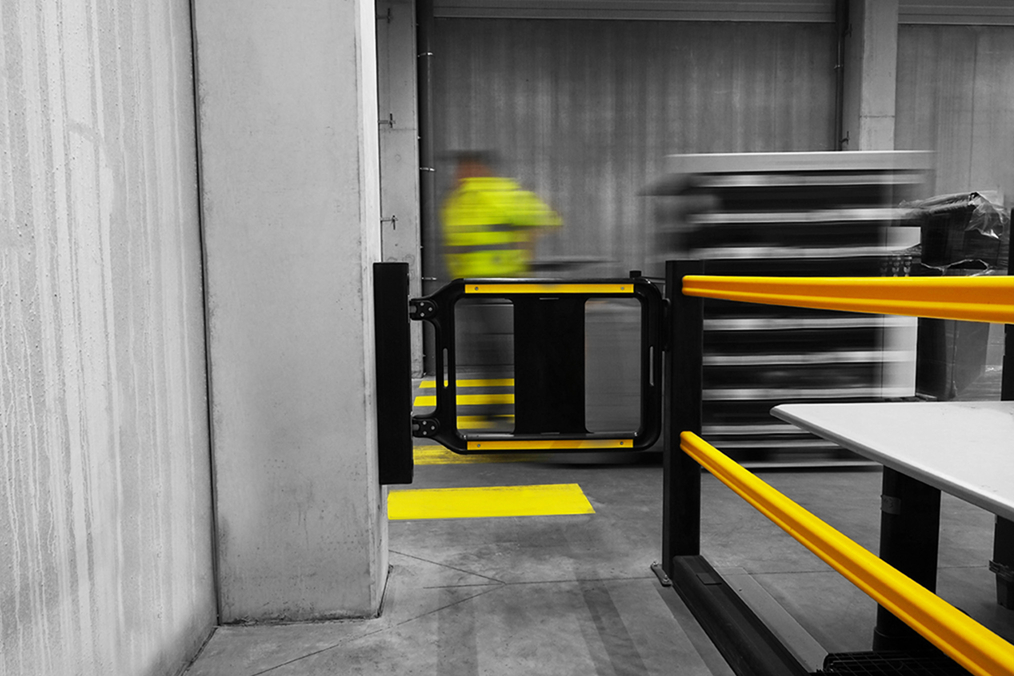
1. Promote healthy and safe working practices
Companies that cultivate a culture of safety and accountability are much less likely to experience accidents. These companies not only commit strongly to safety, but also practice it by implementing safety measures. Their motivation? To safeguard their people.
A healthy attitude towards work means doing the job responsibly. It's the only way to minimize the risk of physical injury or illness. This responsible attitude begins with embracing the safety DNA of the workplace itself.
2. Raise your staff's safety awareness
Safety measures are most effective when you actively involve everyone in workplace safety. Raising employee awareness of hazards requires more than just putting up posters and signs. It's best to organize regular safety presentations to highlight the safety measures.
Besides the legal requirements and strict work rules highlighted in the presentation, simple, small changes in the safety policy can also reduce accident risk. For instance, always remember to keep the workplace tidy. A tidy work environment prevents accidents caused by negligence or carelessness.
3. Provide appropriate training to (new) employees
New employees are most vulnerable to workplace accidents. Therefore, it's very important to properly train and supervise this group. This includes new permanent employees as well as temporary staff like student workers.
Forklift drivers must always present proof of training, and it's good practice to provide new or updated courses regularly. This ensures forklift drivers learn how to perform their tasks safely and familiarizes them with the vehicle's technical aspects. Drivers can use this knowledge to inspect their vehicles daily before starting work. Here are some tips to help prevent forklift accidents.
4. Establish a health and safety department
If your workplace has more than 20 employees, the law mandates appointing a health and safety manager or officer. If you employ fewer than 20 people, you can assume the role of health and safety manager yourself. As a health and safety manager, you have several duties, including
- Conduct a Risk Assessment: where are there health and safety risks? This also includes psychosocial strain: bullying, inappropriate behavior, or even violence.
- Provide advice on handling hazardous substances, safely operating machinery and equipment, safety clothing and workwear, and training.
- Maintain records: prepare a health and safety plan, monthly reports, annual reports, and if the company has more than 50 employees, support the health and safety committee.
As a health and safety manager, your tasks also include: creating internal, company-specific emergency procedures and organizing first aid and medical supervision through the occupational doctor.
5. Provide Protective Equipment and Measures
People can only work safely with the right personal and collective protective equipment.
Personal protective equipment, such as helmets, masks, gloves, overalls, and safety shoes, is essential in any work environment. It provides additional protection beyond the collective protective equipment.
Collective protective equipment refers to permanent safety products installed in the workplace. It's very important because its effectiveness doesn't depend on human behavior. It protects pedestrians, vehicles, infrastructure, and machinery. Examples of collective protective equipment include floor marking tapes, safety gates, bollards, and wall protection… Barriers provide a good example of collective protective equipment.
Protect machinery by installing safety fencing. This prevents people from inadvertently getting too close to a machine. To also protect the machine from forklifts, install safety barriers with handrails. Kick rails and wheel stops are a good way to ensure vehicles stay in their designated areas. These are just a few safety solutions. Other solutions are available based on your company's situation and needs.
6. Inspect vehicles
All trucks and vans must undergo an annual vehicle inspection. However, some vehicles are required by law to be inspected quarterly. These include mobile cranes, tower cranes, aerial work platforms, and material hoists.
Forklift inspections are often overlooked. Forklifts operate near people and account for a significant portion of workplace accidents. It's therefore advisable to have your forklifts inspected regularly and conduct daily checks. This ensures all operations are functioning properly.
7. Implement a forklift speed limit
Set a speed limit with your forklift operators. An appropriate speed reduces the risk of accidents, especially in pedestrian zones. While speed agreements are beneficial, they rely on goodwill. That's why we also recommend physical polymer safety barriers. They provide effective collision protection and make drivers aware of their speed and company safety measures.
8. Separate pedestrians and vehicles
Forklift accidents still occur frequently. A traffic plan is thus an absolute necessity.
The primary goal of a traffic plan is to ensure that vehicles like forklifts don't approach pedestrians and vice versa. Clear agreements and floor marking tape do help, but if you truly want to ensure your work environment is completely safe, choose physical barriers or collective protective equipment. These include safety barriers, handrails, racking protection, bollards ... Signs and floor marking tape may be clearly present, but only physical safety barriers provide true safety and protection.
9. Prevent trips and falls
Depending on your company's size and type, danger lurks both above and below ground. Drilling rigs and oil refineries have numerous ladders and platforms. The chances of someone taking an unfortunate fall are much higher in such environments compared to companies where almost everything occurs at ground level. Equip your cage ladders with fall protection to prevent workers from taking a deep fall due to momentary distraction. Handrails with an additional kick rail can also offer protection at heights. If the work is performed on a damp or slippery surface or there is often dust on the floor, reduce the risk of slips and falls by installing anti-slip applications. We have some tips to avoid slips and falls here.
10. Learn lessons from accidents
If an accident does occur, carefully investigate how it happened and how to prevent it from happening again. Can you make the area or machine where the accident occurred safer? Are there sufficient signs? Are workers aware of the potential hazards? You can't eliminate accidents entirely, but you can prevent them from occurring again.
Contact us
Looking for a partner to help you maximize workplace safety? As a global company specializing in safety barriers and other protection applications, we will help you choose and install your safety products.
